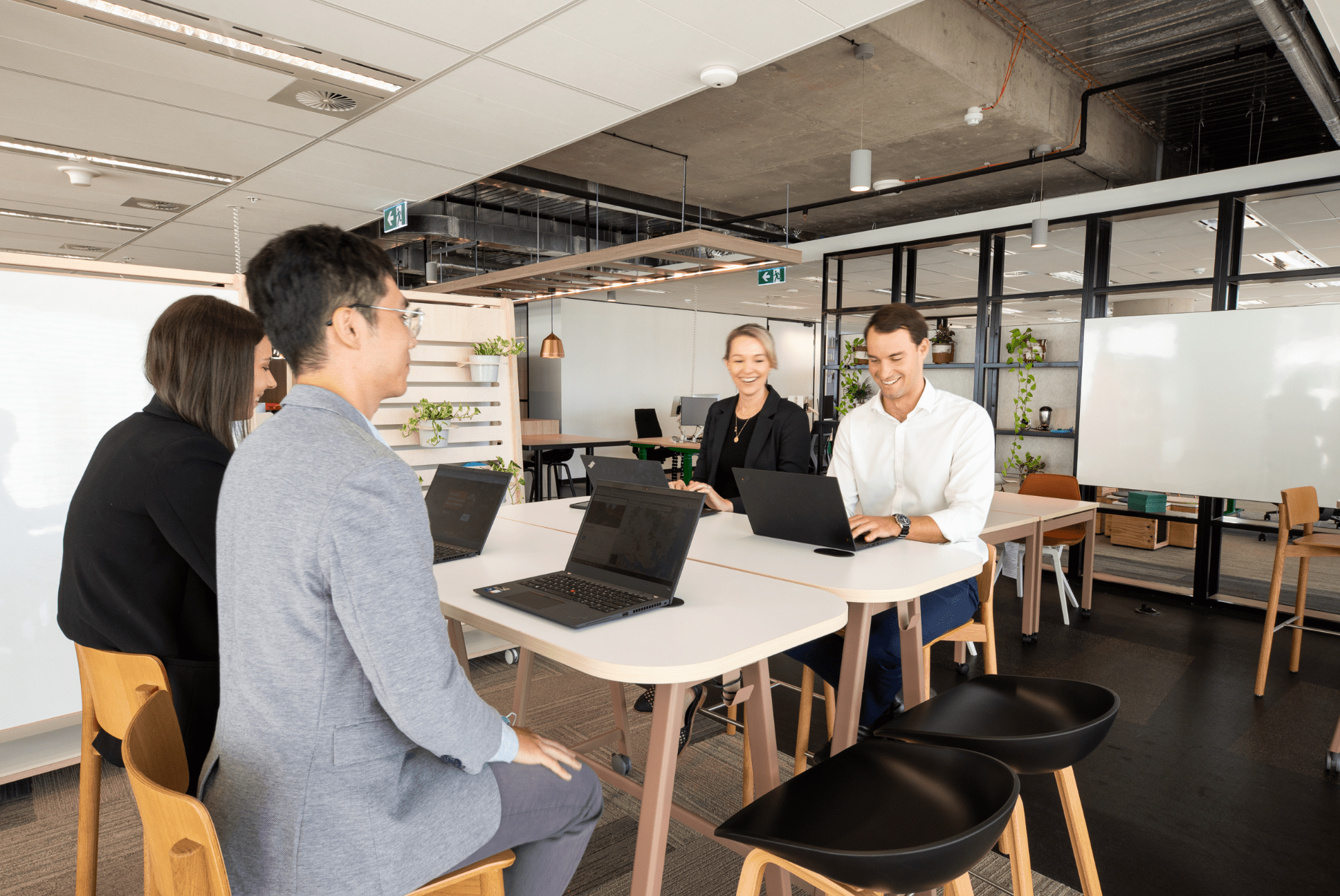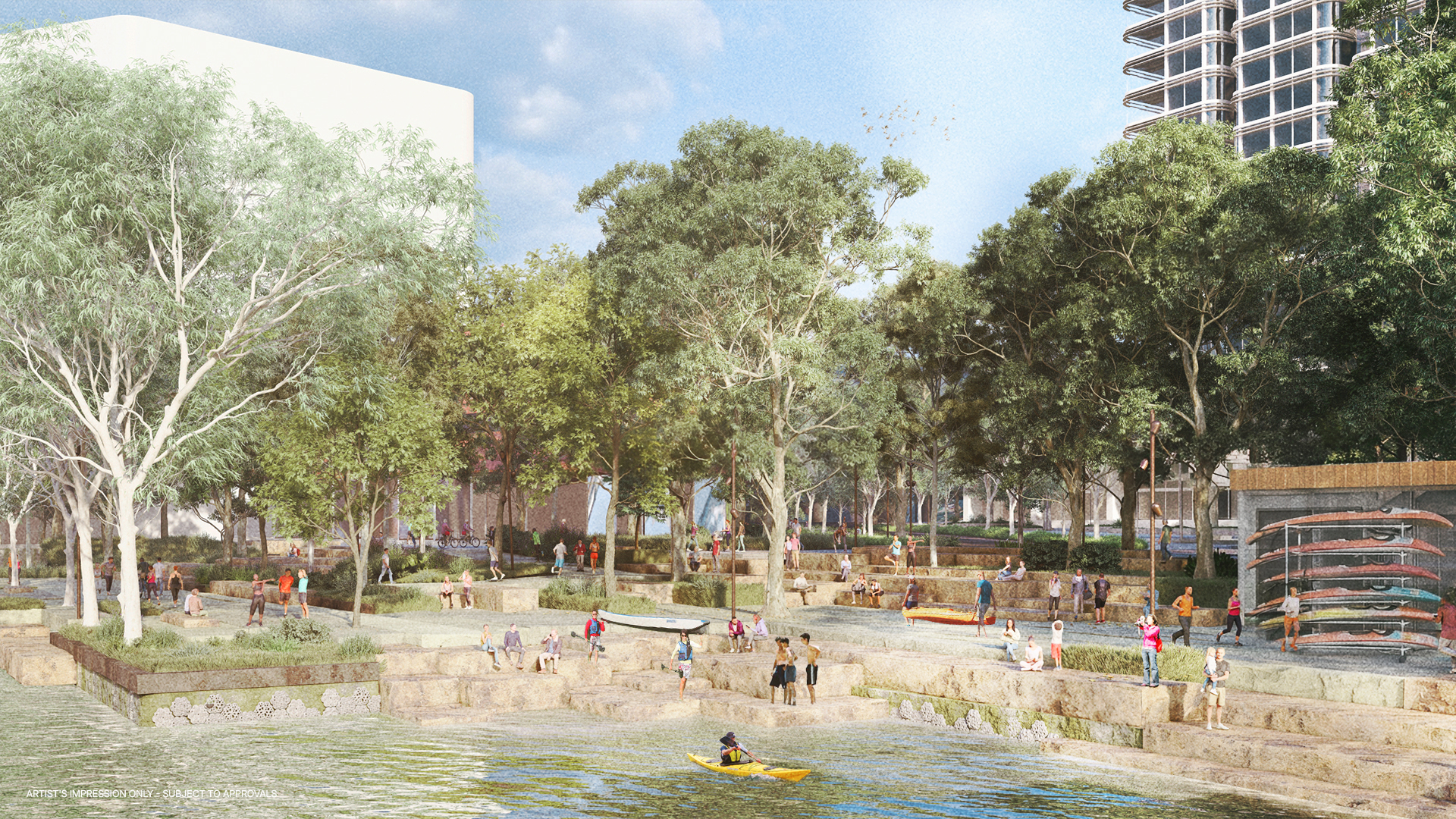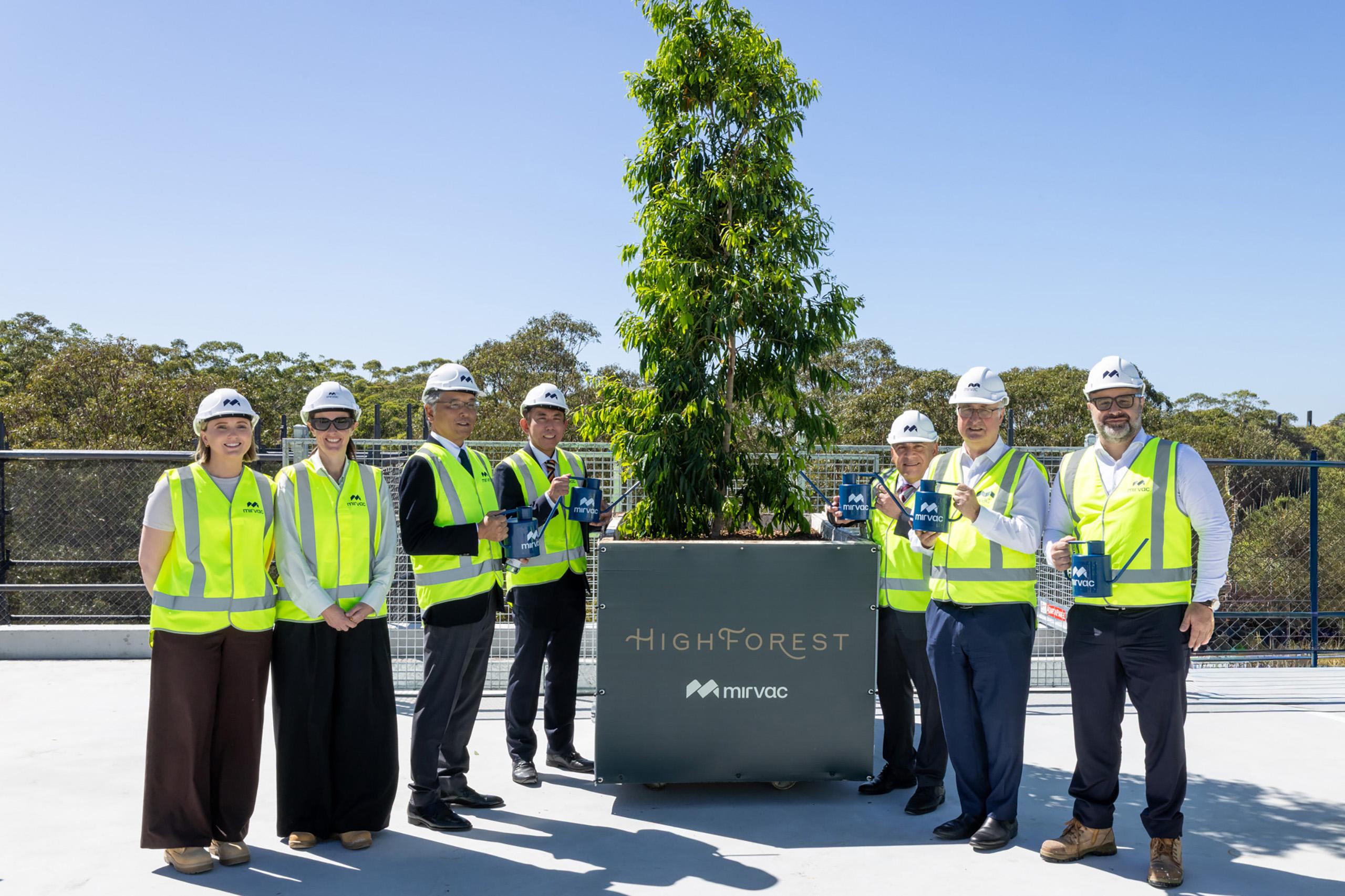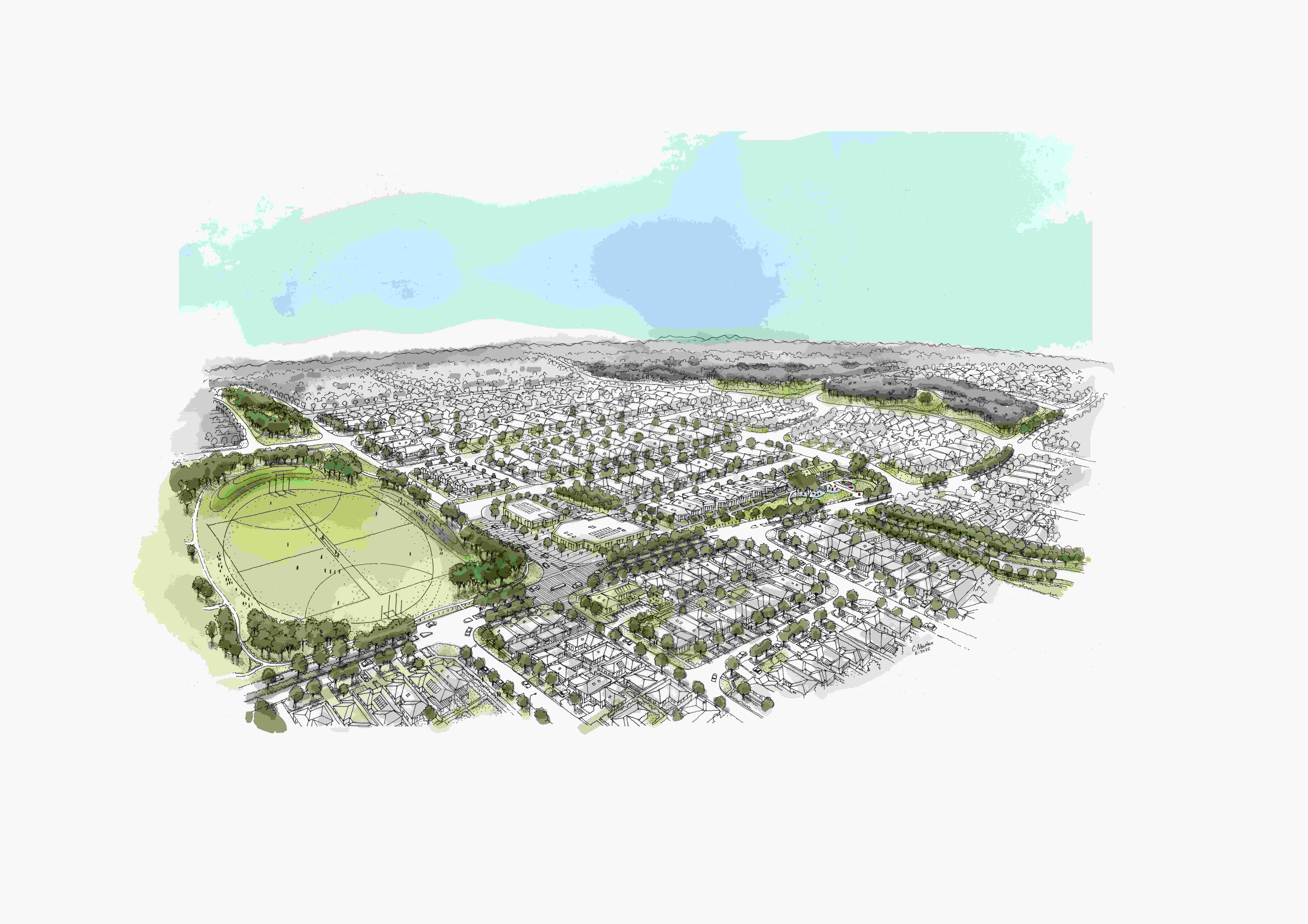Mirvac Launches Future Workplace Pilot at 200 George Street
Mirvac creates an ‘Adaptive Workplace’ pilot at its HQ in 200 George Street, Sydney, alongside a new discussion paper, ‘The Adaptive Workplace: Designing the workplace of the future’.
Mirvac creates an ‘Adaptive Workplace’ pilot at its HQ in 200 George Street, Sydney, alongside a new discussion paper, ‘The Adaptive Workplace: Designing the workplace of the future’.
Mirvac has launched a new 1,300 square metre Adaptive Workplace pilot at its Sydney HQ, creating a hybrid, dynamic test and learn space that explores the office of the future in a post-pandemic era.
Campbell Hanan, Head of Mirvac’s Integrated Investment Portfolio, said the new space has been designed as a workplace of the future in response to extensive research and feedback from Mirvac’s customers and the new ways businesses are working in 2022.
“Our research has uncovered significant shifts in worker typologies post-COVID, with employees spending less time at their individual desks and wanting 80% of the workplace dedicated to collaborative spaces. It reinforced our belief that businesses need a workplace that is hyper-flexible and can adapt and respond in real-time to a specific task or the needs of the team and employees using it.
“We know that flexible and hybrid work is the new norm for the vast majority of Australian workplaces, yet office spaces haven’t yet adapted to effectively suit this style of working. The office does not play the same role it did pre-COVID; it’s now somewhere to collaborate, innovate, learn and socialise – things that are difficult to do from home.
“As a landlord, our priority is to deliver the most successful environments for our tenants, and that includes listening and responding to feedback and providing ideas for how our workspaces can solve issues they’re experiencing, better serve business objectives and encourages their employees back into the office.”
Paul Edwards, General Manager of Strategy & Customer at Mirvac, said Mirvac’s Adaptive Workplace pilot would set the standards for workplaces going forward. “Mirvac’s Adaptive Workplace pilot has been specifically designed to facilitate modern ways of working by providing cutting edge technology and emerging design solutions that allow employees to use them the ways they want to – for team discussions, socialising, and brainstorming, as well as quiet focused work.
“The workplace has never been a constant thing; throughout history we have seen offices shifting format to facilitate the working styles of that era. Our Adaptive Workplace pilot has been designed as a responsive workplace that can flex to meet working styles of today as well as of the future.”
Paul Edwards goes on to share that early feedback from the pilot indicated that it could help shift ways of working. “In-person meetings can be so valuable when it comes to problem solving and creativity and having the right workspaces can help employees make the most of their time in the office.
“By allowing teams to work in the ways that best suit them, the Adaptive Workplace encourages and fosters positive behaviours and productivity as well as providing an environment that employees want to be in.”
As with all of its projects, Mirvac started the design process through gaining a deep understanding of its tenants and clients, including significant research through employee surveys, qualitative interviews, literature reviews, customer interviews, ideation and user group workshops, the findings of which are in a new discussion paper, ‘The Adaptive Workplace: Designing the workplace of the future.’
To design the space, Mirvac partnered with award winning architect, Davenport Campbell, following a competitive brief, as well as engaging leading technology supplier, XY Sense and other commercial suppliers to implement and trial their latest design solutions.

Teams from across Mirvac’s different business units will rotate through the space every four to six weeks, and the layout will be continuously adapted according to feedback and insights throughout the 12-month pilot period. Mirvac will track how the space is used, how teams collaborate and how leaders manage their teams in this environment, having the ability to adapt throughout the experiment.
Early learnings
From the initial concept inception to design stage, Mirvac has already reported significant learnings, including removal of some tightly held traditional office mandatories, such as the need for large individual lockers, permanent desks and a monitor and mouse at every station.
“What we already know is that people want the ability to plug and play anywhere in the office, often preferring to sit down and work in the breakout room or community space, so they also bump into colleagues. This needs to translate to the workflow and solutions in a space, so that it’s easy and intuitive, empowering the user to do their best work wherever they are,” Mr Edwards said.
“We’ve noticed throughout the pilot that attendance is also growing, with the first our trial teams seeing an 18 per cent increase in utilisation throughout the six-week period, feeding into our idea that employees are excited to work from a space that gives them the ability to work in the way that they want to.
“It’s also an interesting exercise on how we measure office value metrics when evaluating the commercial outcomes and business impacts of an adaptive workplace. Alongside employee satisfaction, reviewing levels of innovation, space utilisation, collaboration, engagement, team tenure, and creativity should all be considered.”
To read the discussion paper The Adaptive Workplace: Designing the workplace of the future’ in full, please visit https://www.mirvac.com/office-and-industrial/worktech/the-adaptive-workplace

Mirvac acknowledges Aboriginal and Torres Strait Islander peoples as the Traditional Owners of the lands and waters of Australia, and we offer our respect to their Elders past and present.
Artwork: ‘Reimagining Country’, created by Riki Salam (Mualgal, Kaurareg, Kuku Yalanji) of We are 27 Creative.


.jpg)

